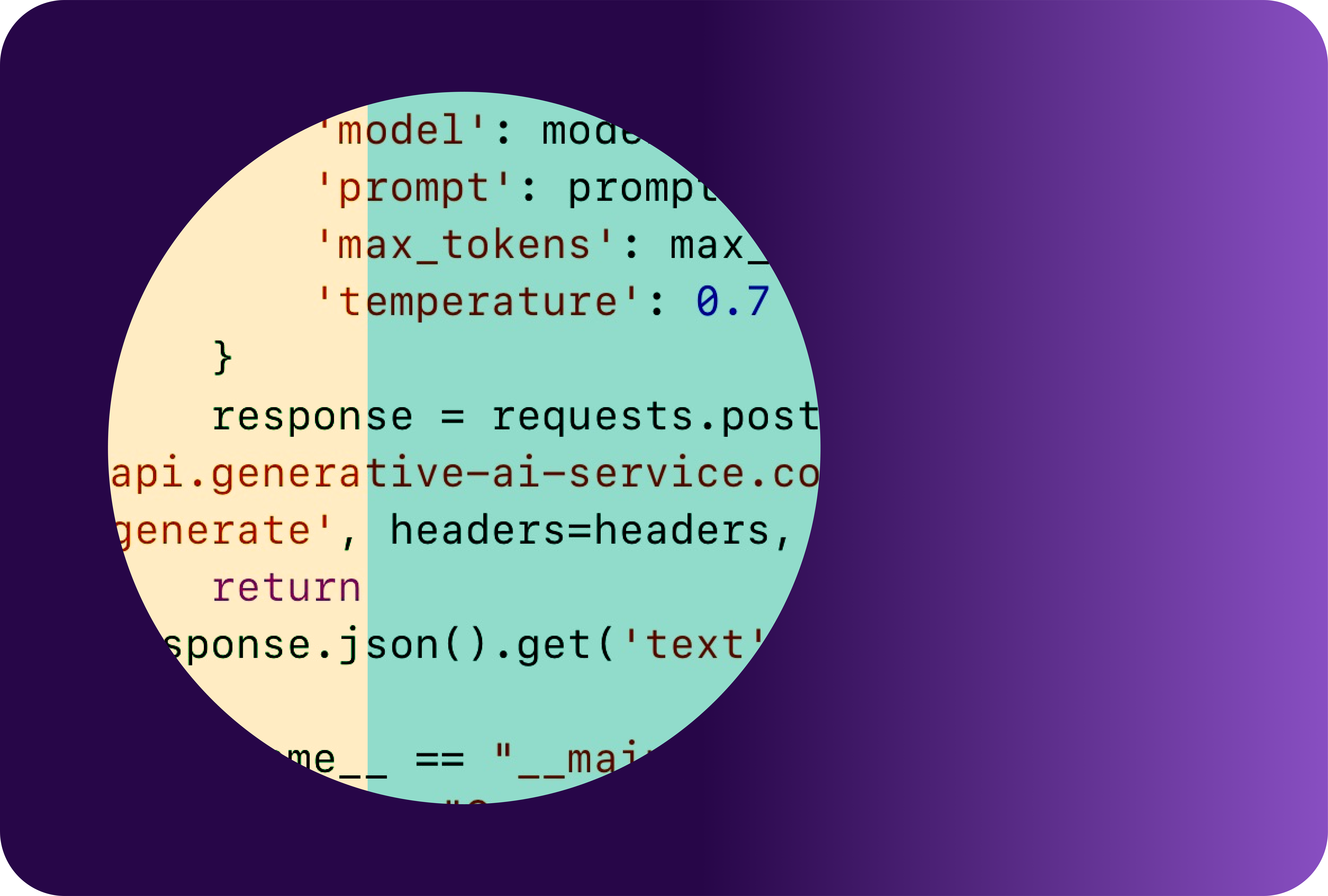Quality Culture: How your QMS Should be Built into its Foundation

In honor of World Quality Month, let’s discuss the importance of creating a culture of quality. Building a quality culture within a company is no easy task but the ROI is immeasurable. A culture of quality that runs through all aspects of your business not only improves the end product, it also improves the quality of employee morale and customer engagement. Last but not least, it improves overall company compliance.
The big question is where do you begin to create a quality culture?
There are as many philosophies about how to build a culture of quality as there are companies, and most of them include some kind of list. But it’s amazing how the lists never seem to mention quality management tools as one of the ways towards a culture of quality. If it lists them at all, it comes in mid way, as “tools you use,” after things like training employees, compliance, document control and structure, and defining quality values.
The fundamental problems with QMS being far down on the list is that it de-emphasizes how important it is to every other step the company makes. As a matter of fact, it should come directly after deciding what the quality values are. One could even argue that deciding on quality values would be “1a” and implementing a QMS would be “1b.”
Why is a QMS so important to the quality culture process?
The short answer is when you have a culture of quality your Quality Management System is integral to every aspect and function of your company. Let’s look at a few of those list items and see how your QMS can influence them:
Training Employees
If you want a true culture of quality to permeate throughout your company you need buy-in from the employees. This involves training them on what the culture requires from them. And, whether we like it or not, training is difficult. In fact one study has shown that after a scant seven days, trainees forget roughly 77% of the information given during training. Granted, that is just one study. But, other studies have shown a significant lack of retention when it comes to company training. Your QMS can help by providing alerts and access to training documentation that relates specifically to quality. Simply put, quality training should not be a checkbox activity in response to an audit or as a regulatory requirement. In order to have an all-encompassing environment of quality training, your QMS should be an easy go-to resource for documentation and information pertaining to your company’s quality standards.
Compliance
Regardless of your job or title, working in the life sciences is all about compliance. Whether it is ISO, cGMP, or MDR, you know the compliance regulations you have to follow as well as the hurdles that come with it. But if your production processes only meet compliance standards, those regulations will be more burdensome and stressful. It’s much better to minimize and mitigate the negative effects of compliance regulations on your team by utilizing the tools available through your QMS. That creates healthier, happier teams who naturally work together to build a culture of quality.
Document Control and Structure
If a project is in a particular stage, say the research stage, of development and it hits an error in documentation it can very easily derail the entire process, even without an audit. That loss in time trying to get things back on track can cost a significant amount of money. The answer is an in-depth and relevant document control structure. It allows you to catch errors, problems, and faults earlier in the process and provides a foundation for making quality in delivery a repeatable function.
An eQMS that has significant document control aids right out of the box can greatly minimize derailments throughout the life cycle of a project. Documents can be monitored for everything from errors to approvals. Notifications can be automated to trigger during certain parts of the process to ensure documentation is adhered to or generated. Files, forms, and other documents can all be organized in groups that are optimal for tracing and auditing.
These are just three examples of how having a QMS in place from the beginning changes your quality transformation – from a slog through various swamps of inconsistency to a smooth cruise down a peaceful waterway. No matter what your chosen quality standards are, establishing a foundation that includes a modern, web-based QMS from step 1 (or 1b) allows your business to speed up the process and maximize the ROI that naturally comes from developing a culture of quality.

